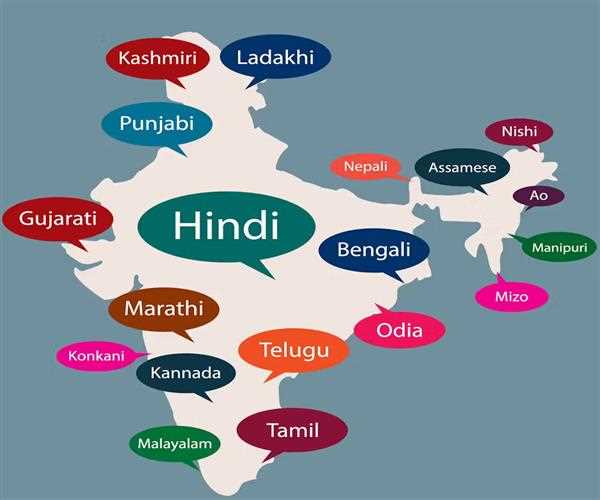Search here

01-Dec-2024 , Updated on 12/1/2024 10:45:36 PM
How to be the master of all language in India
India is indeed a real linguistic paradise. It has 22 official languages and over 500 registered dialects; every state and region is different when it comes to the way people speak. Learning all of them might seem very difficult, but it is not a very unachievable task. It may be an impossible dream to be fluent in each of the dialects; however, it is possible to become conversant in more than one of the Indian languages.
In the following sections, I will describe how you can go about starting on this amazing voyage of language acquisition.
How to Get Started
It would be great to master all the Indian languages, which is another goal, so such tasks should be divided into steps.
1. Start with one language at a time.
The first rule of languages is that it is best not to overdo it and flood yourself with material. It is advised that the student begin with one language, make himself conversant with it, and then move on to the other. For example:
In the case of Hindi, the most recommended languages should be Bengali or Marathi, as they are also members of the same Indo-Aryan language group.
If you’re from the south, you can go for another Dravidian language like Tamil or Telugu instead.
This way, you can use what you already know, and it is best started with languages that are more or less similar.
2. Place a high value on those languages that have the largest number of speakers.
This way, you will get more shares, traffic, comments, and other interactions, so it is best to concentrate on languages with more speakers. Some of the most spoken languages in India are:
- Hindi
- Bengali
- Telugu
- Marathi
- Tamil
- Urdu
Knowledge of these will assist in addressing a large chunk of the population through interaction.
3. Immerse Yourself
This means that the best practice as far as learning any language is concerned is habitual practice. Surround yourself with the language in as many ways as possible:
Movies and TV Shows: Choose films from regional languages or watch series from a preferred language. For instance, Tamil movies or Marathi dramas are excellent to follow to learn conversational phrases in the language.
Daily Conversations: If you have friends or colleagues that speak or understand that language, then you should practice with them most of the time.
4. Learn Using Languages All Apps and Tools
You will discover how technology is helpful for you when it comes to learning a new language. Some of the most popular languages are English, Hindi, Telugu, Bengali, and Tamil; applications such as Duolingo, Memrise, and Tandem provide lessons in many of the Indian languages. YouTube can also provide you with tutorials, or you can participate in language exchange forums.
5. Learn the Basics of Scripts
The issues with Indian languages are one of the most intriguing ones, as there are numerous scripts in this country. Some of them are script identical; for instance, Hindi, Marathi, and Sanskrit are written using Devanagari script, while the scripts used in Tamil, Telugu, and Malayalam are entirely different.
They should centre on the ability to read and write in at least one or two scripts to improve their comprehension of the language.
You should only go to others when you are more comfortable doing that since it’s the goal of communication.
6. Understand cultural context
Culture is very much reflected in the languages of India, as the languages are part of its culture. For instance, excluding language and specific terms, gestures, greetings, idioms, and even proverbs differ between each region.
So, to understand cultural penetration and impact, it is crucial to study local customs, festivals, and traditions within a language.
For example, knowing that Tamil literature is important will enable one to understand the structure and the developmental change.
The Road Ahead
Mastery of all Indian languages is a process, not an event. It takes time, commitment, and interest in knowledge. Depending on the language chosen, you will not only acquire the necessary linguistic knowledge but will also get a great understanding of India’s distinctive ethnicity.
So, are you ready to jump into the water in this risk-taking strategy for your business? First off, all you need is just five minutes; remain persistent, and soon you will turn into a real polyglot. Just remember that each world you’re learning takes you a step closer to being able to communicate with millions of people in this amazing country.
The first foreign language, which are you going to learn next? Let me know your views in the comment section.

Student
hey there! i am a student currently pursuing my bachelors with a keen interest in writing., I am fueled by a deep love for storytelling and a flair for creating captivating narratives. Armed with a passion for language and a keen eye for detail, I strive to craft compelling copy that leaves a lasting impact.
Join Our Newsletter
Subscribe to our newsletter to receive emails about new views posts, releases and updates.
Copyright 2010 - 2025 MindStick Software Pvt. Ltd. All Rights Reserved Privacy Policy | Terms & Conditions | Cookie Policy